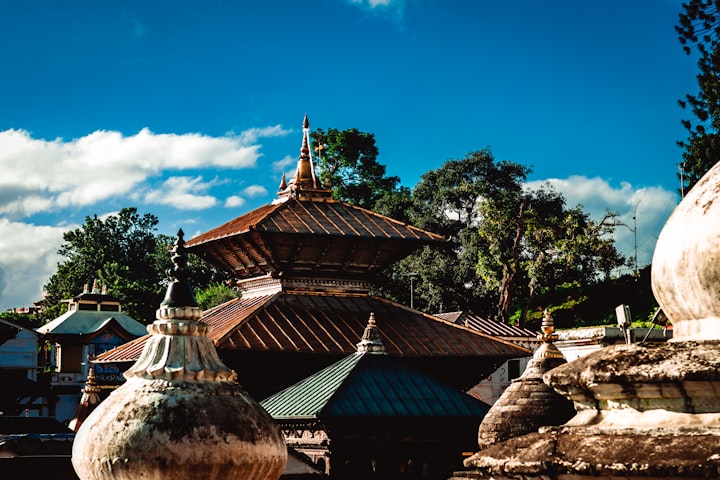The Making of Dried Yak Cheese: Chhurpi

Dried yak cheese, known as chhurpi in Nepal, is a traditional food that has been consumed for centuries in the Himalayan region. Made from the milk of yaks, which are found in high-altitude areas, dried yak cheese is a protein-rich food that is perfect for those living in harsh environments.
The cheese is prepared by boiling and curdling the yak milk, and then separating the curd from the whey. The curd is then pressed and dried in the sun, resulting in a hard and chewy cheese that can be stored for long periods of time without refrigeration.
In Nepal, dried yak cheese is commonly consumed as a snack, either on its own or mixed with other ingredients such as chili flakes or garlic. It is also used in traditional Nepali dishes such as thukpa, a soup made with noodles and vegetables.
Dried yak cheese is not only a delicious and nutritious food, but it is also an important part of the culture and tradition of the Himalayan region. Its unique texture and flavor make it a must-try for anyone visiting the region.
The process of making dried yak cheese, or chhurpi, starts with the collection of yak milk. Yak milk is collected from female yaks in high-altitude areas, where yaks are commonly raised.
Once the milk is collected, it is boiled and curdled with the use of rennet, an enzyme that separates the curd from the whey. The curd is then separated and placed into a cloth bag, which is hung to drain the remaining whey.
The drained curd is then cut into small pieces and kneaded with salt. The cheese is then either placed into molds or formed into shapes by hand. These shapes can range from small pellets to large blocks, depending on the preference of the cheese maker.
After shaping, the cheese is left to dry in the sun or in a warm, dry room. This process can take several weeks, and during this time the cheese will harden and develop its distinct flavor and texture.
Once the cheese is fully dried, it can be stored for long periods of time without the need for refrigeration. To consume, it is often cut into small pieces and chewed, giving it a unique chewy texture.
The process of making dried yak cheese has been passed down for generations in the Himalayan region and is an important part of the culture and tradition of the area.



